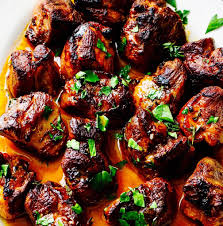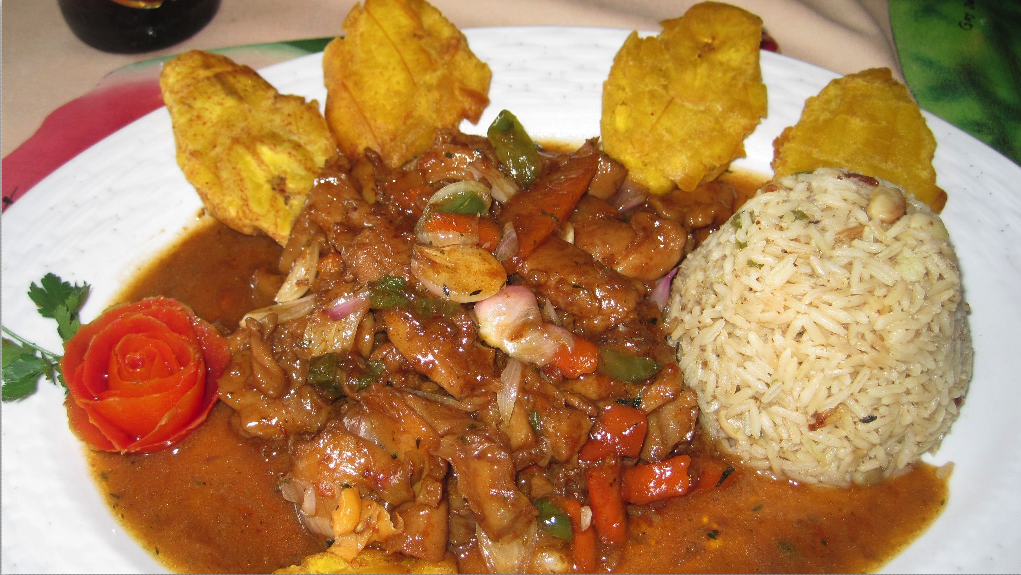News Americas, LONDON, England, Tues. May 12, 2015: Since 1991 international demand for chocolate has been growing, causing cocoa prices to surge.
Although the global market for chocolate may have peaked at around US$114 billion annually, it is clear that the Caribbean could do more to encourage the production of the growing premium price global market for its varieties of fine and flavor cocoa.
An excellent recent Caribbean Export (CEDA) paper on the subject demonstrates that here is an example of a sector in which the region has competitive advantage. Whether it is selling top quality cocoa as an agricultural commodity, or as locally or externally produced high value branded artisanal chocolate, the resuscitation of the industry could offer new opportunity to farmers, export agriculture and to governments as a new source of foreign exchange.
The problem is that to achieve this, agriculture and particularly cocoa farming needs to be made more attractive as an occupation and the industry has to be much better organized.
CEDA’s and other studies suggest that the primary challenge facing the sector in the English speaking Caribbean is an ageing workforce – on average in their late fifties – and a more general disinterest among young people in entering farming. This is compounded by the presence of many abandoned cocoa estates, tired cocoa fields, outdated farming techniques, difficulties with financing, an absence of mechanization, problems with diseases and pests, and declining soil fertility.
There is also a particular disconnect in the Anglophone part of the region between the traditional approach taken by many farmers and the high value placed externally on Caribbean cocoa varieties by the markets and chocolate producers. Moreover, it is clear that more can be done to add value locally. While the production of chocolate by artisanal or larger scale producers in the region is growing, the private sector ought to able to do much better in the growing market for cocoa-based luxury products s for hair care, sun creams and liqueurs for example.
What the statistics demonstrate, however, is that the first challenge is to increase production. The Dominican Republic is the only major regional producer followed at a distant second and third by Haiti and Jamaica. In the case of the rest – Belize, Dominica, Grenada, Guyana, St Lucia, St Vincent, Suriname and Trinidad – the levels of production are very low and miniscule in relation to dominant producers of high quality cocoa in Latin America.
This is disappointing and means that the Caribbean accounts for just 5% of total world production of fine and flavor cocoa for global market which at present is worth in total US$4 billion a year.
What makes Caribbean cocoa and artisanal products an opportunity is that there has been a steady growth for premium dark and speciality chocolate in Europe and North America at a time when there is little prospect in the medium term of any substantial increase in the supply of flavor cocoa beans.
Moreover, there is a potentially new opportunity in the sale of such chocolate for its medicinal and nutraceutical value, and industry experts suggest, the possibility of adding value by designating by origin different types of Caribbean cocoa within nations; raising the possibility of obtaining legally protected geographical indications.
In addition ‘bean to bar’ manufacturing in Grenada, Suriname, Jamaica and the Dominican Republic is growing, using distinctive methods of production, packaging, and direct shipping or sales to high-end outlets such as Harrods in London, enabling a small number of producers to add hundreds of per cent of value to cocoa production through quality branding and packaging.
For example, in the case of Suriname, Tan Bun Skrati, is a chocolate produced in small unique batches by a husband and wife team who are also artists. The have designed a wrapper that on the outside in words and art form conveys a natural sense of the product, while on the inside there is a reproduction of an old map showing the location of the estates on which the cocoa for the chocolate is being grown. The effect is not only to convey the uniqueness and value of the product, but has the effect of rebranding Suriname as a desirable visitor destination to those paying the premium price for their chocolate in Europe.
It is also clear too that there are plenty of small international specialist buyers out there who will go to great lengths, spending time finding individual farmers in the Caribbean to purchase beans from.
Despite this, a new approach is needed. As with so much else in the region there is a case for developing a single region-wide industry strategy and a marketing platform that can bring together both Caribbean growers and manufacturers large and small. There are also interesting opportunities to leverage the exoticism of the product alongside its origin and to explore ways to co-brand and market product through hotels, tourism and with other sectors.
The rebuilding of the Caribbean cocoa industry also raises difficult questions about the Caribbean’s ability to take advantage in real time when an opportunity arises. Despite the huge sums of money international development agencies have poured into the region over the years neither government nor the private sector sought to address the structural problems the industry faces or saw the opportunity first offered at least a decade ago by surging international demand for fine and flavour cocoa.
It is also not clear whether cocoa production and as a consequence a much larger regional chocolate industry can be developed without the movement of agricultural labor to those producer nations where labor rates are generally so high that there is little local employment interest.
At another level it is unclear who sees it as their responsibility to talk to the tourism industry or others to develop a common marketing platform. Is this an issue for CEDA, Cariforum, the European Commission or other development agencies?
Governments too need to better support the sector. Investment in rural infrastructure, particularly in relation to access roads and drainage, as well as better agricultural extension services, are according to experts important to increase the production and variety of cocoa beans grown in the region as chocolate makers seek to create new and distinct flavors and higher quality products.
These are challenges that it is to be hoped that the soon to be established International Fine Cocoa Innovation Centre in Trinidad will be able to address and rapidly catalyze action on if the region is to benefit from a traditional Caribbean agricultural product for which there is future international demand.










